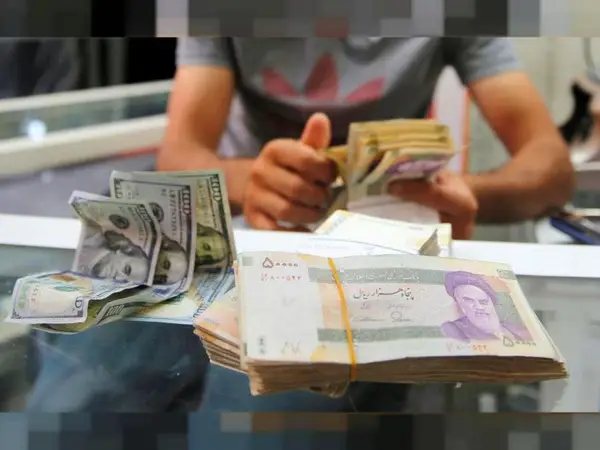Iranians woke up Tuesday to see their currency at another historic low against the US dollar, which can herald the coming of truly uncontrolled inflation soon.
One US dollar now can buy 380,000 rials. Compare that to 1978, right before the Islamic Republic was established and one US dollar back then could buy just 70 rials. No other economic indicator or analysis can portray the disaster so vividly.
The accelerated fall of the rial has led to reasonable concerns in Tehran business and media circles that soon the dollar will surpass the 400,000 mark in downward spiral for the rial no one can control.
The new low value of the rial means that a typical wage earner’s salary has fallen to around $100-120 a month, while food prices climb as the rial becomes worthless. Iran is to a large degree dependent on imports of essential commodities.
The same can be said about many other necessities, including medicines that either must be imported or the raw materials to produce local medicines must be bought from countries such as India.
Reports recently spoke of people exchanging household goods or personal items online for food. “My shirt for a few kilograms of rice,” read one personal ad, as people who were considered middle class just four years ago, now cannot afford the most basic food items.
Amid nationwide protests since mid-September, economic chaos can become a potential disaster for the clerical regime, that just seems incapable of managing an oil-dependent economy, let alone a productive one. Tens of millions of Iranians still have not taken part in anti-regime protests, mainly because of the deadly violence government forces are willing to use.
Security forces have killed around 500 civilians, injured thousands and arrested 20,000 people so far. Many middle-aged people with a family and children are simply afraid to go into the streets amid this degree of violence.
It is not clear why the government does not forcefully intervene in the market to prevent the currency’s fall.
The answer most probably is that the central bank does not have enough dollars to endlessly pump into the exchange market, because everyone tries to buy dollars. The prevailing political uncertainty and the specter of the dollar’s inevitable rise drive the hunger for the US currency and other hard currencies, as well as gold.
The rial steadily fell for 40 years from its golden days before the 1979 revolution to around 35,000 in early 2018. Then came Donald Trump’s decision to abandon the 2015 nuclear accord and demand concessions from Tehran by imposing crippling economic sanctions. The rial began a steep dive in the spring of 2018 and has steadily fallen since by more than tenfold.
The Islamic Republic has been able to circumvent US sanctions on its oil exports to an extent, selling less than half of its normal capacity to China but at a discount, just as Russia has been forced to do after Western sanctions. It is not even clear how much hard currency Tehran is fetching from these illicit exports through intermediaries.
Four years of US ‘maximum pressure’ sanctions have also contributed to the current anti-regime protests that are primarily driven by hopelessness of the young generation, as all they have seen in the past decade is decline in living standards, more isolation in the world and more repression.
So far, the clerical regime has refused to accept Washington’s offer of lifting many sanctions in return for a cap on Tehran’s nuclear program. The latest round of optimism for a new deal was back in August that did not materialize. Soon after the protests began in Iran and now the United States and its European allies are less willing to continue Tehran’s strategy of endless negotiations for getting more concessions.
